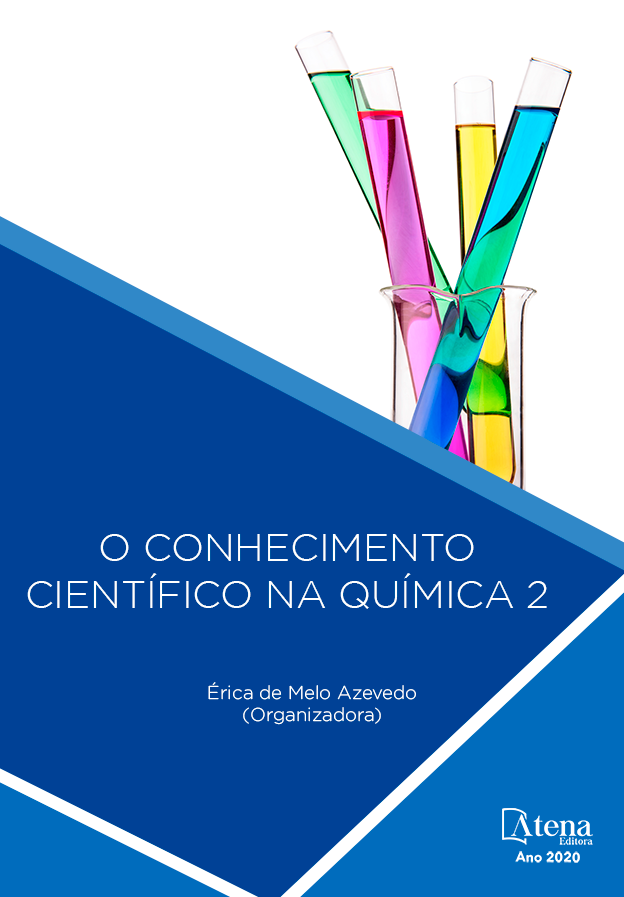
INFLUÊNCIA DOS EXTRATOS BRUTOS DE AÇAÍ E PITANGA SOBRE A ATIVIDADE DE GLUTATIONA S-TRANSFERASE ESPECÍFICA CEREBRAL DE RATO
Existem diversas substâncias capazes de prejudicar o funcionamento do organismo diretamente ou induzindo a formação de outros compostos prejudiciais às células, e que por isso, precisam ser eliminadas. As células dispõem de mecanismos que levam à eliminação desses compostos tóxicos e que conferem proteção e manutenções das condições de equilíbrio. O processo de eliminação de compostos tóxicos ocorre principalmente com participação de enzimas de biotransformação como as pertencentes a família Glutationa S-transferase (GST). Compostos bioativos presentes em vegetais, principalmente frutas, são constantemente relatados por possuírem compostos bioativos que podem agir diretamente na célula ou atuar influenciando positiva ou negativamente a atividade de enzimas de biotransformação. Neste trabalho, o objetivo foi determinar a capacidade de compostos presentes em extratos brutos de açaí e pitanga em alterar a atividade da enzima GST, em sua isoforma mu. Os resultados encontrados indicam que a isoforma mu da enzima GST está presente em fração citosólica cerebral de ratos e ainda que esta isoforma sofre alteração em sua atividade quando exposta aos compostos bioativos presentes nos extratos brutos de açaí e de pitanga, tendo sua atividade reduzida consideravelmente com o extrato de pitanga (65%) e também com o extrato de açaí (39%). A ação de compostos bioativos sobre a atividade de enzimas importantes como as de biotransformação, em processo de desintoxicação celular, mostra a relevância da relação entre a alimentação e a melhor utilização destes compostos com a prevenção de doenças, uso em fármacos, garantindo maior tempo de permanência celular, ou diversas outras possibilidades de aplicação. Para isso, são necessários mais estudos que permitam compreender os mecanismos bioquímicos de atuação destes compostos sobre a atividades destas enzimas.
INFLUÊNCIA DOS EXTRATOS BRUTOS DE AÇAÍ E PITANGA SOBRE A ATIVIDADE DE GLUTATIONA S-TRANSFERASE ESPECÍFICA CEREBRAL DE RATO
-
DOI: 10.22533/at.ed.63120201118
-
Palavras-chave: biotransformação, GSTmu, atividade enzimática, Açaí, Pitanga
-
Keywords: biotransformation, GSTmu, enzyme activity, Açaí, Pitanga
-
Abstract:
There are several substances capable of impairing the functioning of the body directly or inducing the formation of other compounds harmful to cells, and therefore need to be eliminated. The cells have mechanisms that lead to the elimination of these toxic compounds and that provide protection and maintenance of equilibrium conditions. The process of elimination of toxic compounds occurs mainly with the participation of biotransformation enzymes such as those belonging to the family Glutathione S- transferase (GST). Bioactive compounds present in vegetables, mainly fruits, are constantly reported because they have bioactive compounds that can act directly on the cell or act by positively or negatively influencing the activity of biotransformation enzymes. In this work, the objective was to determine the capacity of compounds present in crude extracts of acai and pitanga in altering the activity of the GST enzyme in its mu isoform. The results found indicate that the mu isoform of the GST enzyme is present in the cerebral cytosolic fraction of rats and also that this isoform changes in its activity when exposed to the bioactive compounds present in the crude extracts of açaí and pitanga, having its activity reduced considerably with pitanga extract (65%) and also with acai extract (39%). The action of bioactive compounds on the activity of important enzymes such as biotransformation, in the process of cellular detoxification, shows the relevance of the relationship between food and the best use of these compounds with disease prevention, use in drugs, ensuring longer cell permanence time, or several other application possibilities. For this, further studies are needed to understand the biochemical mechanisms of action of these compounds on the activities of these enzymes.
-
Número de páginas: 8
- Felipe Boz Santos
- Cristiane Martins Cardoso
- Taís da Silva Rosa


